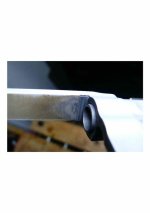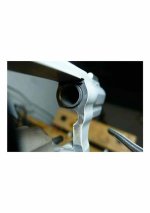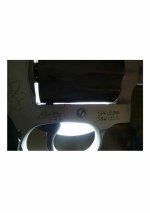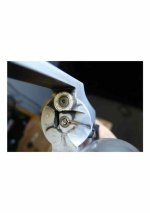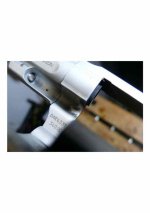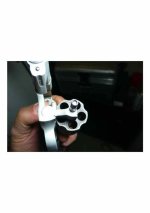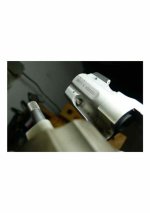Hello,
have these strange corresponding marks on cylinder and frame. On the cylinder they are fife times. Looks as if cylinder gets into contact with frame on shooting. Inspecting the gun I can't verify this. Cylinder is clear of frame, no excessive play to be seen. Looks as if Cylinder can't get into touch with frame at this position.
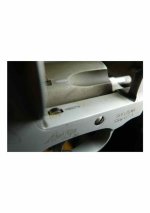
Thanks for your help.
Fritz
have these strange corresponding marks on cylinder and frame. On the cylinder they are fife times. Looks as if cylinder gets into contact with frame on shooting. Inspecting the gun I can't verify this. Cylinder is clear of frame, no excessive play to be seen. Looks as if Cylinder can't get into touch with frame at this position.

Thanks for your help.
Fritz

